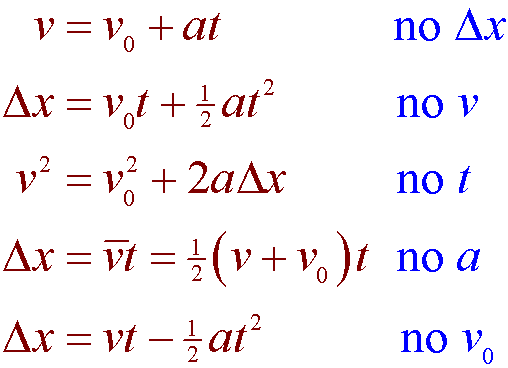Casual Formula To Find Initial Velocity

V v 0 at.
Formula to find initial velocity. A change in position final initial m Solved Example on Velocity Formula Now lets test the equation with the help of examples. V 0 v at. To find initial velocity start by multiplying the acceleration by the time.
Calculate the initial velocity using the derived values of time t final velocity v acceleration a and distance d. Simply plug those known values into the equations and solve for v 0 instead of h. It is represented by letter u.
For example if your initial velocity was 3 ms and your object acceleration is 4 ms your final velocity is 7 ms 3 4 7. The formula v2u22as where v is the final velocity u is the initial velocity a is the acceleration and s is the displacement is used. They are four initial velocity formulas.
Initial Velocity Formula Initial Velocity is the velocity at time interval t 0 and it is represented by u. U st ½ at where s displacement travelled within the time period t The third initial velocity formula physics is. To do this rearrange the equation to find v.
Then divide that number by 2 and write down the quotient you get. You can use these same formulas to calculate a projectiles initial velocity if you know the height it reaches when tossed into the air and the number of seconds that it takes to reach that height. Lets solve an example.
After accelerating for some amount of time the new velocity is the final velocity v f. The first formula to find initial velocity is u v at. Find the Final velocity when the initial velocity is 12 acceleration is 9 and the time is 24.













